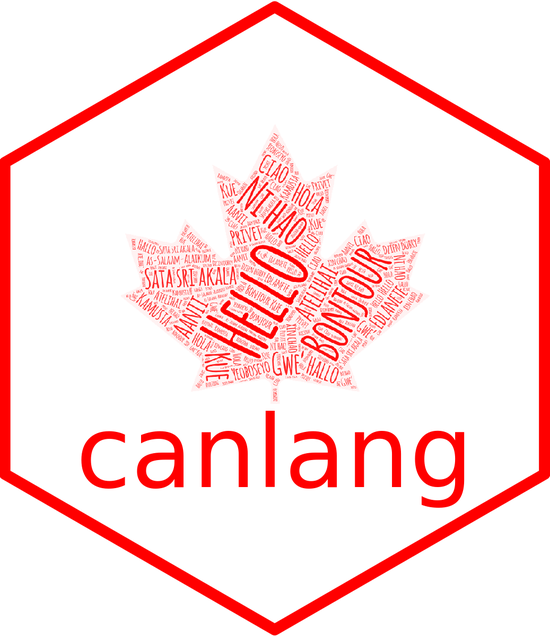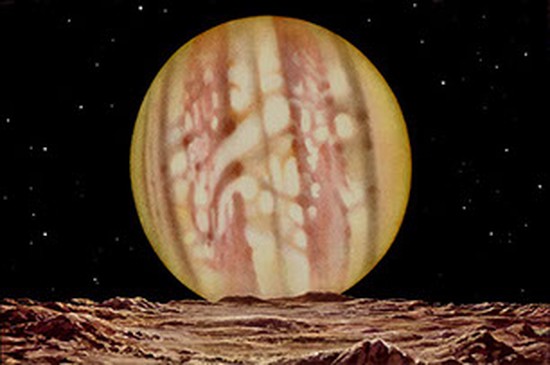Tiffany Timbers
Assistant Professor of Teaching in Statistics & Co-Director of the Master of Data Science program (Vancouver Option)
University of British Columbia
Biography
Tiffany Timbers is an Assistant Professor of Teaching in the Department of Statistics and an Co-Director for the Master of Data Science program (Vancouver Option) at the University of British Columbia. In these roles she teaches and develops curriculum around the responsible application of Data Science to solve real-world problems. One of her favourite courses she teaches is a graduate course on collaborative software development, which focuses on teaching how to create R and Python packages using modern tools and workflows.
Interests
- Data Science
- Reproducibility
- Workflows
- Data Visualization
Education
-
Postdoc in Data Science Education, 2017
University of British Columbia
-
Postdoc in Genomics & Cell Biology, 2015
Simon Fraser University
-
PhD in Neuroscience, 2012
University of British Columbia
-
BSc in Biology, 2005
Carleton University




